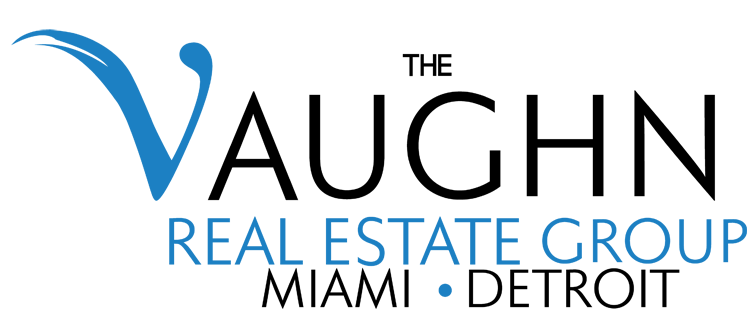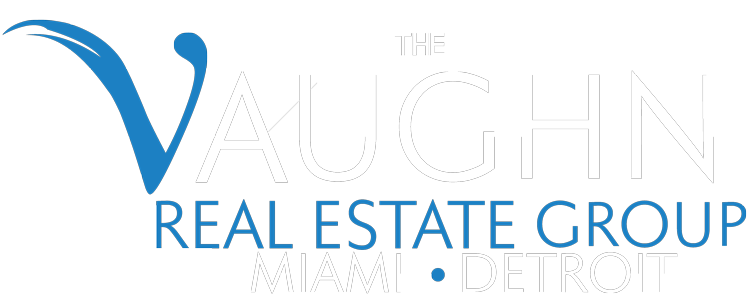The median price of a home in the United States now exceeding $372,000
Maintaining a home can be costly and time-consuming, and unexpected repairs and maintenance can be a significant financial burden
American homeowners have been accustomed to rely on credit cards and loans to pay for home maintenance costs
Personal finance technology centered around planning for the true cost of homeownership helps address the problem
In recent years, the long-simmering housing affordability crisis has jumped out of the frying pan and turned into an all-out structure fire that local, state, and federal government officials are now trying to get under control.
The cost of housing has been increasing steadily over the past few decades, with the median price of a home in the United States now exceeding $372,000 compared to $272,000 in Q1 2022. This increase has been driven by a variety of factors: rising land and construction costs, heightened demand for housing, and a limited supply of new homes. As a result, many people are finding it even more difficult to buy a home.
The housing affordability solution has rightfully been centered around government subsidies which are encouraging more housing construction and adding more inventory. These are steps in the right direction, however, there have been no frank discussions about how to improve overall homeownership outcomes so that is not just affordably sustainable for high income households, but also for middle and low-income households who could benefit the most from the wealth accumulation that comes with homeownership. This is most critical for Black and Latino households where homeownership rates have historically been lower than for White households. Today, 73% of Whites own their home compared to 43% and 47% for Black and Latinos respectively. The 2008 housing crisis also highlighted the lack of homeownership sustainability for these groups, where research showed that Black and Latino homeowners had the highest rate of foreclosures compared to White homeowners, nearly 8% for both groups, compared to 4.5% for Whites. This foreclosure data highlights the reason why Black homeownership is currently lower than it was before the 2008 housing crisis.
Improving Homeownership Outcomes
Improving homeownership outcomes starts with addressing the basic challenges that occur after closing on a home. Maintaining a home can be costly and time-consuming, and unexpected repairs and maintenance can be a significant financial burden, especially for the vulnerable middle and low-income household demographics. According to “The State of Home Spending Report”, the annual average household spending on home services was $13,000 and more than 30% were forced to complete an emergency repair at some point during the year, spending about $1,953. General maintenance, property taxes, HOA fees, utilities, energy costs and insurance costs can all add to the overall cost of homeownership. These routine home maintenance costs often become financial emergencies that most homeowners are unprepared for.
The Cost of Not Saving for a Rainy-Day
One of the most glaring problems is that American homeowners have been accustomed to rely on home equity lines of credit (HELOC), credit cards and personal loans as their emergency savings account to pay for home maintenance costs. They are constantly being encouraged to tap into their home equity as a primary means to pay for home maintenance costs, yet most of them are unaware of the possible tax implications. Tim Wheeler, Vice President, Corporate Lending at Fortera Credit Union, advised “Using equity may cause additional risk if the borrower decides to sell the property in the future”.
A 2020 Bankrate study revealed that of homeowners who do not use a HELOC, approximately 68% are using credit cards and/or personal loans for home improvements and maintenance costs. In a article published in The Conversation, Black women are the most financially vulnerable homeowners, often choosing between taking on debt and disrepair of their homes.
Homeowners need to be aware that when they incur any form of debt to pay for home maintenance costs, it diminishes their overall property equity value and puts them at a greater risk of default and losing their home to a mortgage or tax foreclosure.
The Need for Homeowner Specific Savings Plans
The heavy reliance on credit leads to the glaring and less talked about problem: America’s poor personal finance behavior when it comes to saving. Many homeowners are not saving, or they are saving blindly with no idea of how much they should be putting away for home maintenance cost. Homeowners are in desperate need of a personal finance home management tool like Saivy, which is centered around creating a customized savings plan for home improvement, maintenance, and emergency costs for their home.
The broader problem that needs to be addressed are failures in current government policy as it pertains to taxes. In 2017, the Republican Congress eliminated tax benefits that would benefit homeowners and put them in a better position to save. There are no U.S. federal tax advantaged savings programs that would offset home maintenance costs and encourage a homeowner savings behavior. On the other hand, north of our border, Canada’s government recently passed federal home renovation and construction tax incentives that are aimed at improving the financial health of homeowners, while also boosting the supply of affordable housing. In The Homeownership Society Was a Mistake, Jerusalem Demsas points out that the government should encourage and aid households to save through diversified index funds. The U.S. government already has a well-executed playbook for encouraging Americans to save for health care costs with tax programs like Health Savings Accounts where the savings in these accounts can be placed in diversified index funds for higher savings yields than a traditional savings account. This same tax policy playbook could be used to create a similar savings program for homeowners to set aside money on a pre-tax basis to pay for qualified home maintenance expenses while helping strength their overall financial health.
Fostering Positive & Sustainable Homeownership
Fundamentally, U.S. homeowners need to shift away from relying on credit cards, HELOCs and personal loans as their primary source to fund their home maintenance and repair expenses. Accumulating more debt because of homeownership should not be a primary strategy. Having a strategic savings plan for home maintenance costs should be every homeowner’s priority. As a rule of thumb, a home improvement savings plan should be updated at least every 3 years. There are a lot of moving parts to update as homes get older. The life expectancy of various components changes over time, as well as costs and inflation. Having a healthy savings plan is critically important to optimizing homeowner value. When we have a homeownership society laser-focused on protecting and maximizing their home equity value, then we naturally foster positive and sustainable homeownership outcomes for all.
D. Alex Vaughn, MBA is a Real Estate Broker with Vylla Home, an Adjunct Professor of Residential Property Management at Nova Southeastern University and Founder and CEO of Saivy, a fintech startup on a mission to empower people to achieve optimal financial health and help preserve their sense of security provided by homeownership. Learn more and connect with him here.




